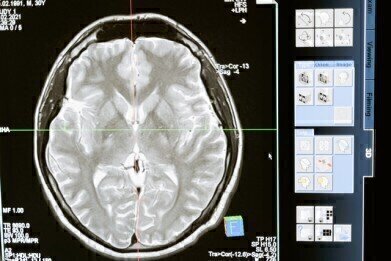Measurement and Testing
Why is Polymer Characterisation Important?
Jun 13 2022
From developing life-saving drugs to addressing plastic pollution, polymer characterisation has a multitude of applications. Want to get more specific? Read on as we spotlight some niche applications for polymer characterisation techniques.
Developing brain tumour therapy and imaging techniques
In a breakthrough for brain tumour therapy and imaging, a team of researchers has developed a way to infiltrate the blood-brain barrier (BBB) and target the central nervous system using polymeric magnetic nanoparticles. The findings were published in the journal Drug Delivery and Translational Research, with the team explaining how polymeric magnetic nanoparticles were used to deliver chemotherapeutic drugs to target sites in the brain. Analytical methods for polymer characterisation play an important role in driving this sort of cutting-edge research.
“The strategy to apply polymeric nanoparticles as a carrier of magnetic iron oxide nanoparticles can be a promising tool as a multitherapeutic drug delivery approach involving delivery of chemotherapeutic drugs with a magnetic targeting approach, imaging, and hyperthermia,” reads the abstract.
Improving the biodegradability of plastics
At the University of Bath, a team of researchers has made waves with a technology that improves the degradability of plastic when exposed to UV light. The team found that incorporating sugar molecules into polymer plastics such as Polylactic Acid (PLA) helps the materials break down.
While PLA is marketed as a sustainable and eco-friendly alternative to other plastics, its excellent degradability properties only apply in industrial composting facilities. In natural environments, such as soil, water bodies and domestic compost heaps, PLA takes much longer to break down. The polymer is used in everything from biodegradable bags and water bottles to tea bags and microwavable containers, making it one of the most common single-use plastics.
A sugar-coated approach to plastic pollution
Working from the university’s Centre for Sustainable and Circular Technologies (CSCT) and using advanced thermal polymer characterisation techniques, the team developed a way to improve the degradability of PLA and address the plastic pollution crisis.
“Lots of plastics are labelled as biodegradable, but unfortunately this is only true if you dispose of it in an industrial waste composter - if put into domestic compost heaps, it can last for years,” explains lead researcher, Dr Antoine Buchard. “Most PLA plastics are made up of long polymer chains which can be difficult for water and enzymes to break down. Our research adds sugars into the polymer chains, linking everything together by bonds that can be broken using UV light.
The addition of sugar molecules weakens the plastic and accelerates the breakdown process when exposed to UV rays. “This could make the plastic much more biodegradable in the natural environment, for example in in the ocean or in a garden compost heap,” adds Buchard.
Want to know more about how polymer analysis techniques are driving scientific research. Don’t miss out complete guide, ‘Polymer Characterisation - Techniques, Types & Properties’.
Digital Edition
PIN 25.3 June/July
June 2024
Analytical Instrumentation - Recent Advances In Various Bench Scale Accelerated Oxidative Testing Methods For Fuels - Petrochemical Industry: Anton Paar Solutions Streamline Processes, Reduce H...
View all digital editions
Events
Jul 30 2024 Jakarta, Indonesia
Jul 30 2024 Jakarta, Indonesia
China Energy Summit & Exhibition
Jul 31 2024 Beijing, China
Jul 31 2024 Chengdu, China
Aug 05 2024 Moon Township, PA, USA


















